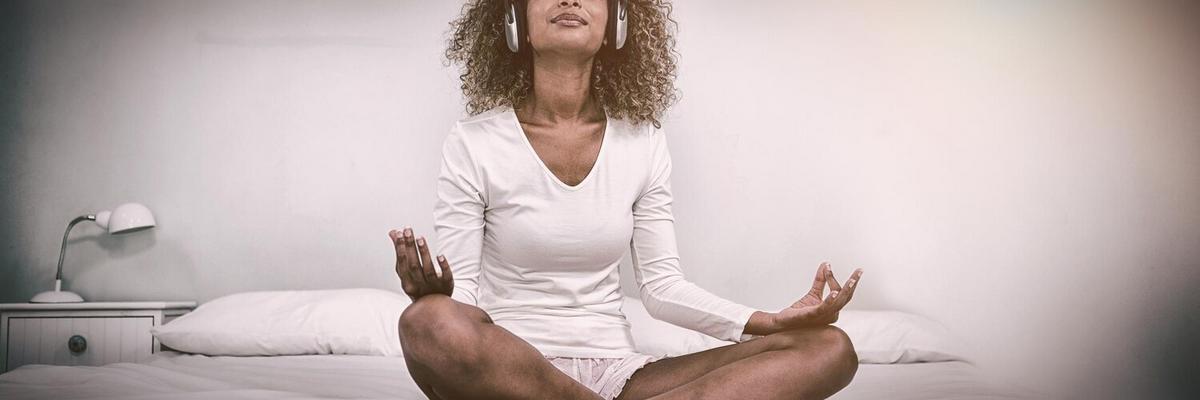Establishing a routine around mindfulness and meditation can transform your daily life, promoting mental clarity, emotional balance, and overall well-being.
Understanding Mindfulness and Meditation
Mindfulness is the practice of being present in the moment, fully engaged in the task at hand. Meditation, on the other hand, is a technique used to develop mindfulness, often involving focused breathing or guided imagery. Together, they offer a pathway to mental tranquility and improved focus.
Why Build a Routine?
Building a routine around mindfulness and meditation can enhance consistency and deepen your practice. According to a study by the American Psychological Association, regular mindfulness practice can lead to reduced stress, improved focus, and increased emotional regulation.
Expert Insights
“Mindfulness practice is not about ‘fixing’ yourself. It’s about discovering who you are.” – Jon Kabat-Zinn, a prominent mindfulness expert.
Steps to Create Your Routine
- Set Clear Intentions: Define why you want to practice mindfulness and meditation. Is it to reduce stress, improve focus, or enhance self-awareness?
- Choose a Time: Consistency is key. Whether it’s morning or evening, pick a time that you can commit to daily.
- Create a Dedicated Space: Having a specific place for your practice can reinforce the habit. It doesn’t need to be elaborate; a quiet corner will do.
- Start Small: Begin with just a few minutes each day and gradually increase as you become more comfortable.
- Use Resources: Apps, online courses, or community sessions can offer guidance and structure. Websites like mindful.org provide valuable resources.
Integrate mindfulness into daily activities like eating or walking. This can enhance the practice and make it more versatile.
Personalizing Your Practice
Everyone’s journey with mindfulness and meditation is unique. Consider incorporating elements that resonate with you, such as music, nature sounds, or essential oils.
Tracking Progress
| Week | Duration Per Day (Minutes) | Notes |
|---|---|---|
| 1 | 5 | Initial discomfort, but manageable. |
| 2 | 10 | Increased focus noticed. |
| 3 | 15 | Less stress and improved sleep. |
| 4 | 20 | Feeling more balanced and calm. |
| 5 | 25 | Enhanced emotional regulation. |
| 6 | 30 | Routine feels natural and rewarding. |
| 7 | 35 | Deeper connection to daily life. |
| 8 | 40 | Significant decrease in anxiety. |
Frequently Asked Questions
How long should I meditate each day?
Start with 5-10 minutes and gradually increase. Consistency is more important than duration.
Can I practice mindfulness without meditation?
Yes, mindfulness can be practiced in daily activities like eating or walking without formal meditation.
Will mindfulness and meditation help with anxiety?
Many people report reduced anxiety levels with regular practice, though individual results may vary.
Conclusion
Developing a routine around mindfulness and meditation is a journey towards a more centered and peaceful life. By setting intentions, finding consistency, and personalizing your practice, you can experience the profound benefits these practices offer. Start today and discover the transformative power of mindfulness.




Leave a Reply